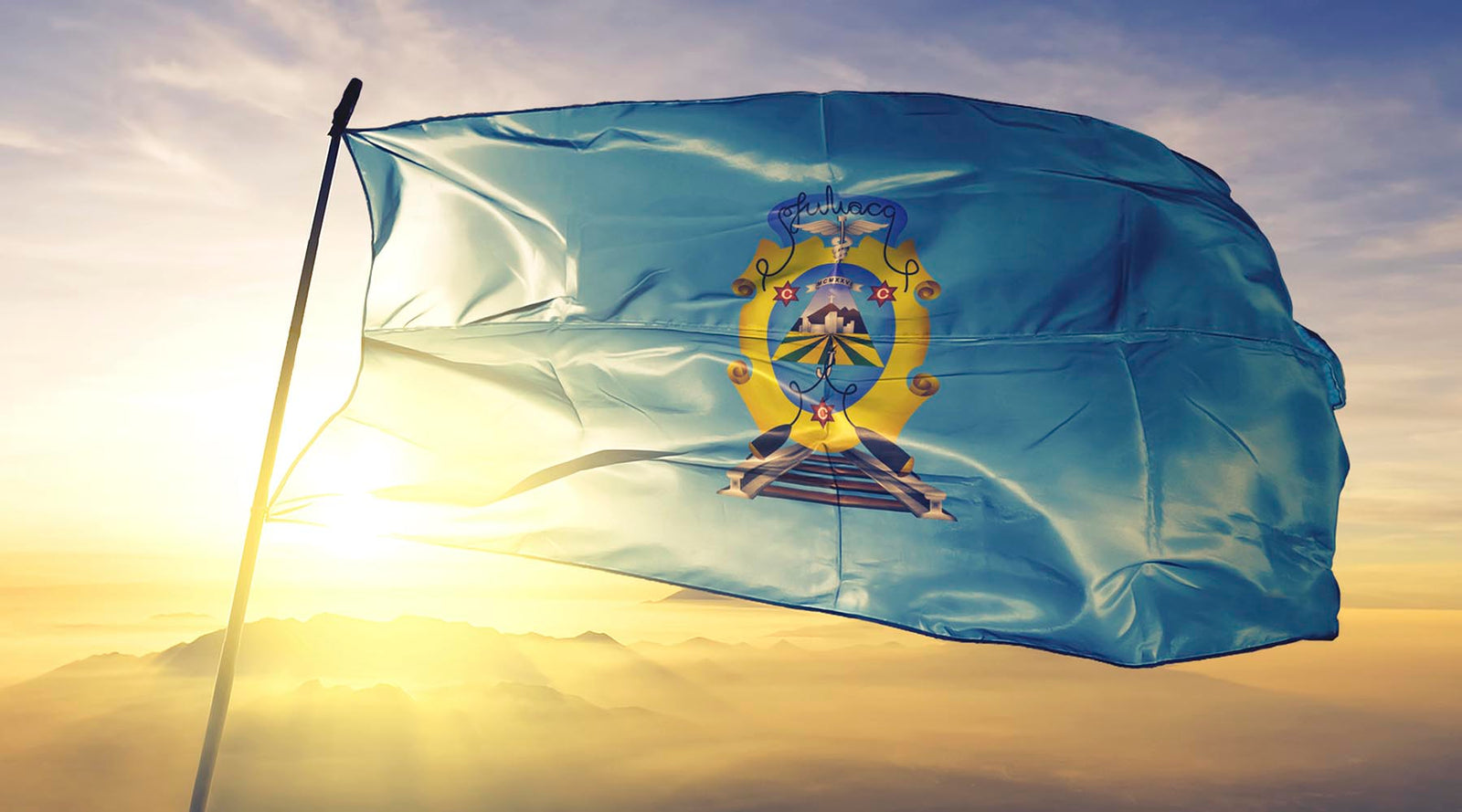In southeastern Peru, located more than 3800 meters above sea level, the city of Juliaca houses beautiful colonial buildings and outstanding pre-Incan archeological sites.
Juliaca is well known as “the city of the winds” because of its exposed location on the high plateau. It has another name, “the pearl of the plateau” because of its importance to the area. I would say that the name that describes it better is “the city of hosiers”.

Traditionally family owned, the hosiery and garment business (using originally sheep and alpaca fibers) grew gradually until it became a huge clothing manufacturing industry. It is currently one of the main sources of income in the region together with handicrafts, mining, and commerce. Most of the almost 300,000 inhabitants are connected in some way to the garment industry.
The local expertise in textiles can be seen in the traditional costumes, all handmade, displayed in city parades taking place all year long. The most important festivity is the Carnival of Juliaca, a demonstration of indigenous and mixed-race art and culture.
A week of non-stop celebration at the end of January makes this event the longest and greatest of the city. The streets are taken over by thousands of dancers and musicians to honor Pachamama, Mother Earth. The city is fully decorated with confetti, garlands, and balloons. Drums, trumpets, and fireworks accompany the processions, parades, and dancing. Bands perform hundreds of traditional dances day and night.

Photo: Ara
The performers are clearly the great cultural ambassadors during the show. However backstage, the costume makers proudly create the magic for the big event. Most of this magic is in the dazzling traditional clothing showcasing the chapters of Peruvian history through an explosion of shining and bright colors enhancing the joyful atmosphere.
These costumes and masks made by skillful local embroiderers and artisans are priceless because of all the work involved. The detailed and intricate embroideries display flowers, mythical animals, and nature, as well as all kinds of ornaments. Ornaments can be sequins, bells, colorful stones and even fancy items such as pearls, gold and silver threads.
One of the most renowned dances of the carnival is the Diablada (dance of the demons). Costumes for this dance include accessories such as helmets, wings, and swords so complex that it can take an entire month to be made.

Certainly, fine artistry passed down from generation to generation.
The very same Peruvian textile artistry Classy proudly brings you with the Juliaca alpaca cardigan.
Feel the art of Peru on your skin by wearing the fine and beautiful Classy’s knitwear!
Sincerely yours,
Ara.
 |
Ara was born and raised in Peru. Since she was a little girl, she has written skillfully and always loved to travel. In recent years, he has worked in translation studios and in the travel industry. Ara says her work is a passion and a way of life, which is also reflected in the Peru-themed "virtual travel" articles for Classy. |




